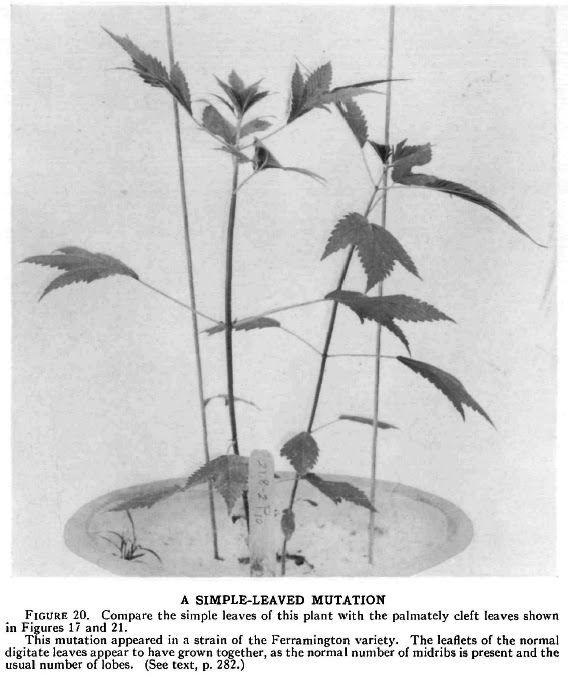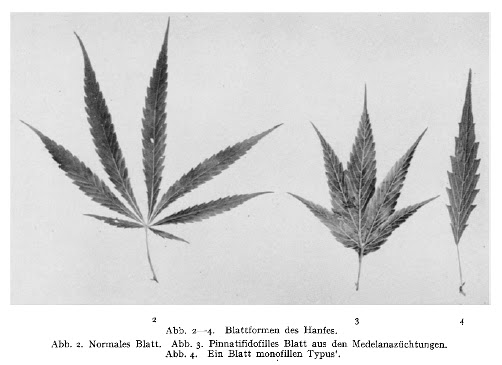Mutations are changes in genetic material, the genotype. Typically, this means a change in the DNA sequence of a living organism, which can be inherited by the offspring of that individual. If the mutation has an observable consequence, then it is often referred to as a trait. Some mutations are dominant, or semi-dominant, where the consequences manifest even if different versions of the gene are present. Others are recessive, and can only been see if all copies of the gene are the same. Of course there are other types of observable changes in living organisms, which I will refer to as abnormalities of development or growth. Likewise, there are heritable changes in DNA sequence with no consequences, which are known as silent mutations.
Mutations can arise in a number of ways, and naturally occur during the life of any living organism. Spontaneous mutations occur through various errors in DNA replication, while induced mutations occur as a result of DNA damage from radiation or chemicals.
To begin, I will try to cover some of the more interesting morphological traits. Following that, I will move on to chemical traits and growth abnormalities. Hopefully, I will get some feedback from people who have found their own unique mutations.
The sequencing of genomes and transcriptomes from
Cannabis sativa strains and sub-species has already begun, and soon genetic screens will also be conducted using various mutigens. With the cost of DNA sequencing steadily decreasing, it will not be long before many of the genetic causes of various traits will be determined. Whether you approve or not, a breeding revolution will certainly occur in
Cannabis sativa along with many other organisms. It is not hard to imagine the benefit of knowing precisely the sequence of the gene alleles affecting leaf shape, pigmentation, height, branching, flowering induction, flowering speed, flower density, gender, hermaphroditism, cannabinoid synthesis, terpenoid synthesis, stress tolerance, seed size, oil content, fiber content, and many other interesting characteristics.
If you are not familiar with the benefits of knowing the gene sequences for breeding, then I will give a simple example. Perhaps someone is trying to combine two recessive traits into one plant. For example, they are crossing a ducksfoot plant with an lowryder plant to obtain an autoflower with webbed leaves. However, because they only have 1 square meter in which to grow plants, and autoflowering plants cannot be kept alive for multiple rounds of breeding, they cannot do the typical genetic tests for recessive traits. In other words, they cannot keep plants around to do test crosses. This leads to situations where a breeder has to blindly cross a small number of offspring for several generations and just hope that a suitable plant will appear by chance.
However, if the genes for the traits are known, then one of the first leaves from each plant can be tested in only a day or two to see if that plant contains the desired allele for the otherwise unobservable recessive gene. Once that has been determined, then all plants lacking at least one copy of the allele can be eliminated from the breeding program immediately. The desired traits can then be combined at a greatly accelerated pace.
With only two traits, this is not a huge advantage. After all, the double recessive combinations should show up in 1/16th of the F2 generation. However, when combining three, four, or five traits, this can easily reduce the timeline by several years. Additionally, knowing which plants contain a recessive allele is particularly useful when backcrossing, to introgress recessive traits into an otherwise "perfect" strain.



